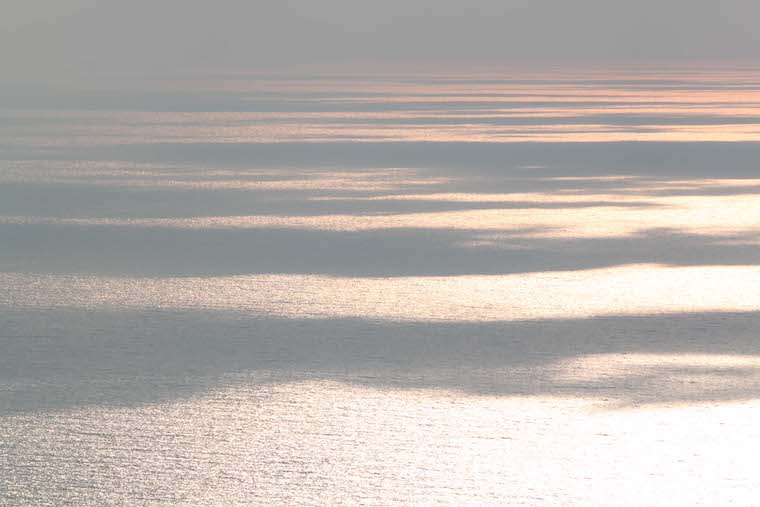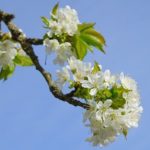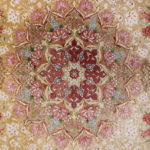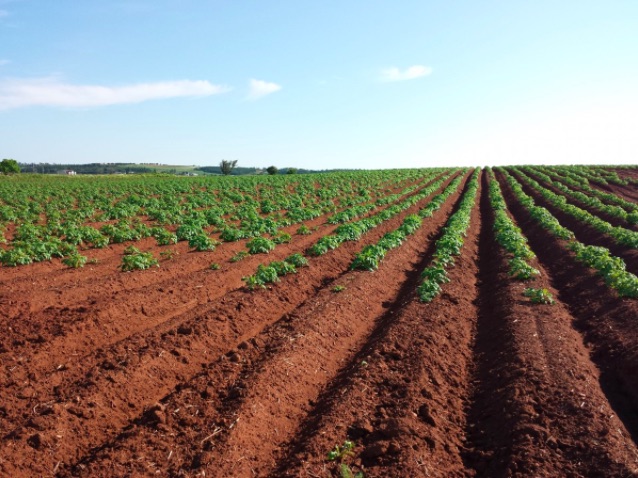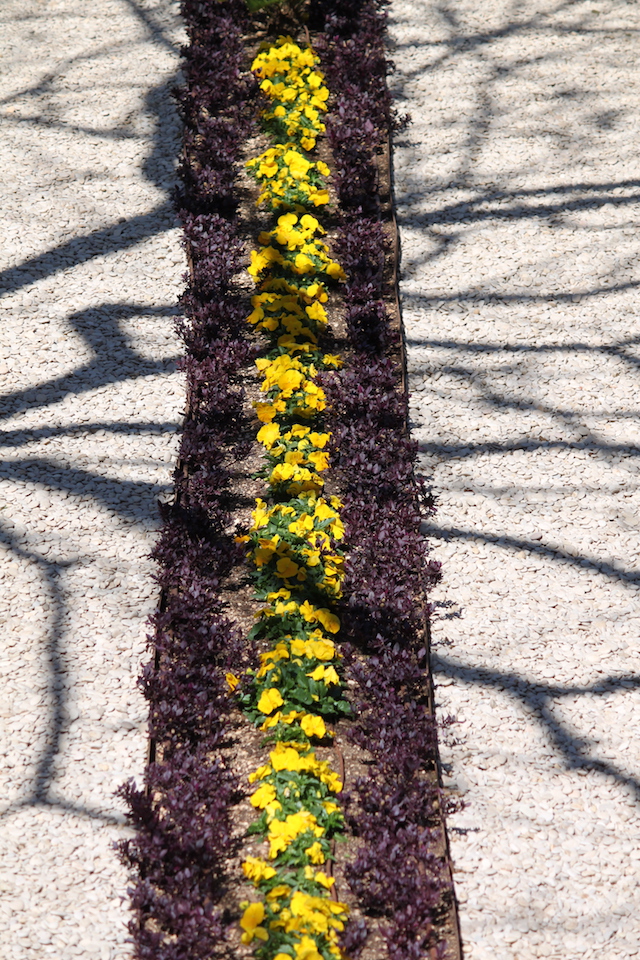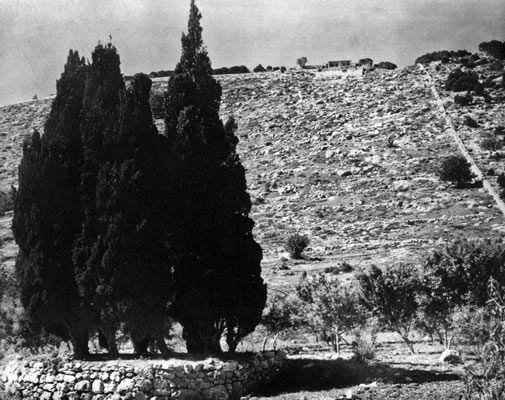
The Tablet of Carmel – Separation from Thee
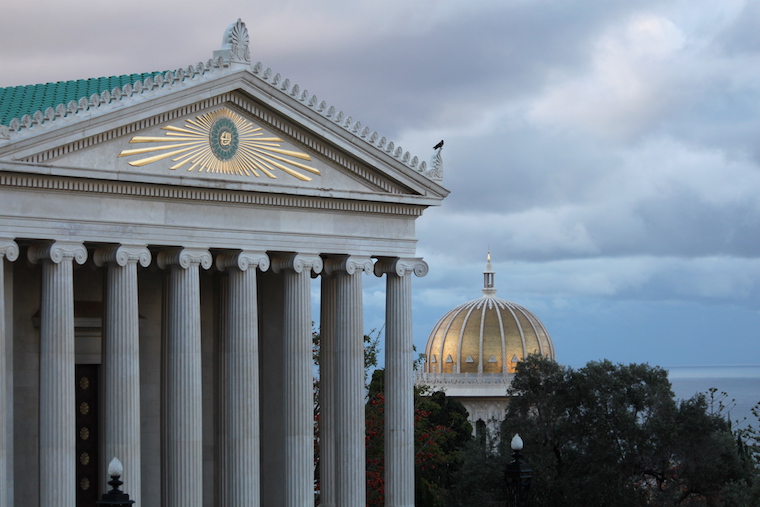 The Tablet of Carmel is in the form of a dialogue between Mt Carmel and Bahá’u’lláh. And like many of Bahá’u’lláh’s works, the words simultaneously speak at many levels. One of the most moving passages of the Tablet of Carmel is that in which the mountain laments her separation from Bahá’u’lláh.
The Tablet of Carmel is in the form of a dialogue between Mt Carmel and Bahá’u’lláh. And like many of Bahá’u’lláh’s works, the words simultaneously speak at many levels. One of the most moving passages of the Tablet of Carmel is that in which the mountain laments her separation from Bahá’u’lláh.
Separation from Thee, O Thou Source of everlasting life, hath well nigh consumed me, and my remoteness from Thy presence hath burned away my soul. All praise be to Thee for having enabled me to hearken to Thy call, for having honored me with Thy footsteps, and for having quickened my soul through the vitalizing fragrance of Thy Day and the shrilling voice of Thy Pen … [1]
For those familiar with the Baha’i long obligatory prayer the words are evocative of a similar passage recited by an individual in their most intimate moments of communion with the divine in which the soul laments its separation from God.
O Thou in separation from Whom hearts and souls have melted, and by the fire of Whose love the whole world hath been set aflame! I implore Thee by Thy Name through which Thou hast subdued the whole creation, not to withhold from me that which is with Thee, O Thou Who rulest over all men![2]
And further on:
Thy love, O my Lord, hath enriched me, and separation from Thee hath destroyed me, and remoteness from Thee hath consumed me. I entreat Thee by Thy footsteps in this wilderness, and by the words “Here am I. Here am I” which Thy chosen Ones have uttered in this immensity, and by the breaths of Thy Revelation, and the gentle winds of the Dawn of Thy Manifestation, to ordain that I may gaze on Thy beauty and observe whatsoever is in Thy Book.[3]
The parallel is striking – and almost – the mountain might be a metaphor of our own souls. This metaphor is further suggested when Bahá’u’lláh, responding to the mountain, offers her redemption.
Seize thou the Chalice of Immortality in the name of thy Lord, the All-Glorious, and give thanks unto Him, inasmuch as He, in token of His mercy unto thee, hath turned thy sorrow into gladness, and transmuted thy grief into blissful joy.[4]
We may further consider on the physical transformation Bahá’u’lláh’s words have brought into being on the mountain and its implications for the metaphor. The wilderness of the soul has been transformed into a most delightful and spiritual garden. The mountain itself recounts the redemption of the individual soul revived by the Word of God.

Image Credits:
1. The International Baha’i Archives with the Shrine of the Bab in the distance. Ridvan 2015. With thanks to Kath Podger
2. The circle of cypress trees near the Shrine of the Bab. It was in that spot that Bahá’u’lláh pointed out where the Shrine was to be built. c. 1920 https://www.bahaullah.org/haifa/bahaullah-bab Copyright © Bahá’í International Community
(This article is the 194th in a series of what I hope will be 200 articles in 200 days for the 200th anniversary of the birth of Bahá’u’lláh. The anniversary is being celebrated around the world on 21 and 22 October 2017, The articles are simply my personal reflections on Bahá’u’lláh’s life and work. Any errors or inadequacies in these articles are solely my responsibility.)
